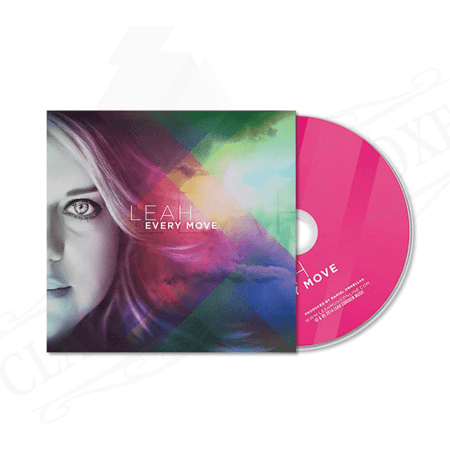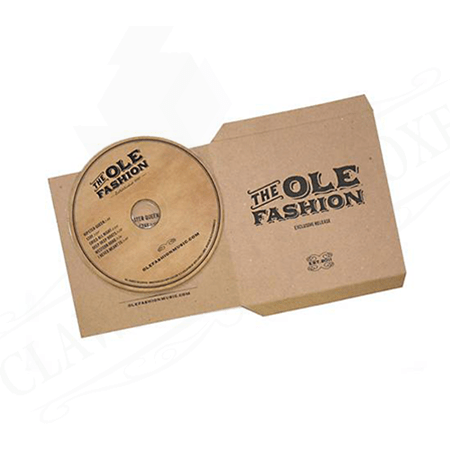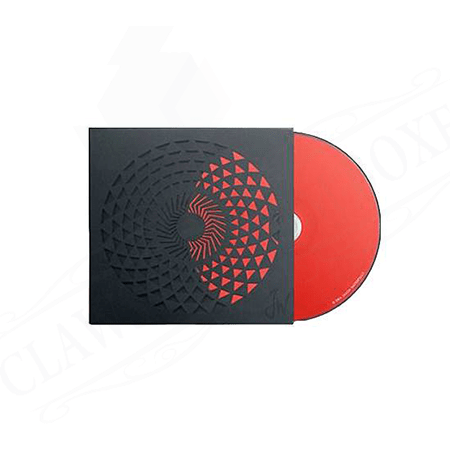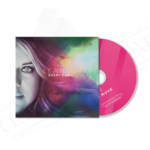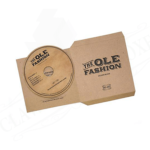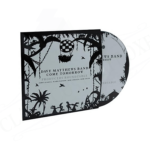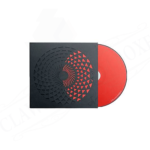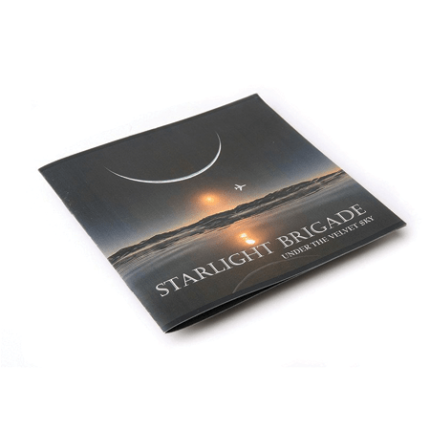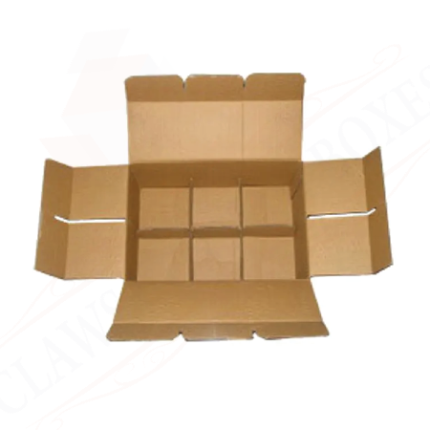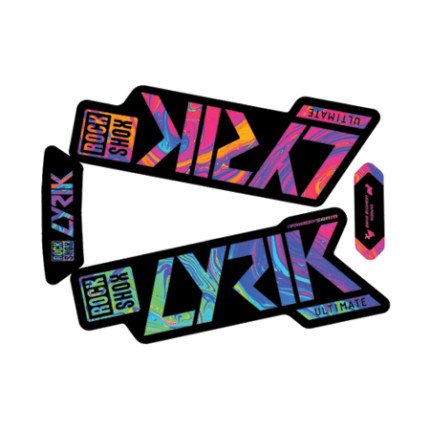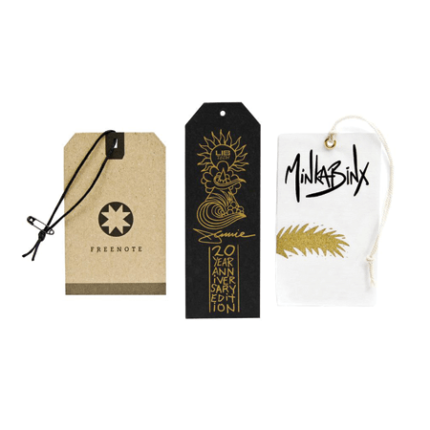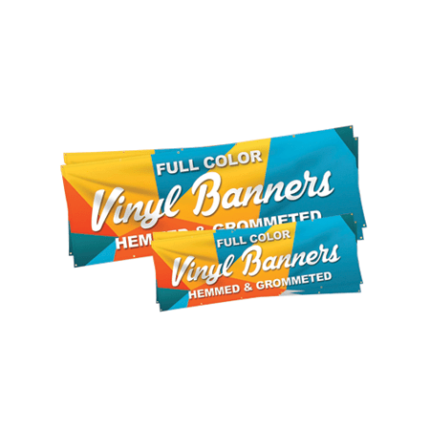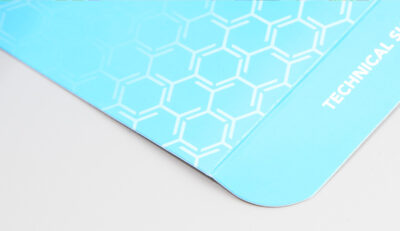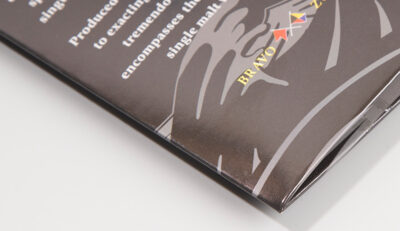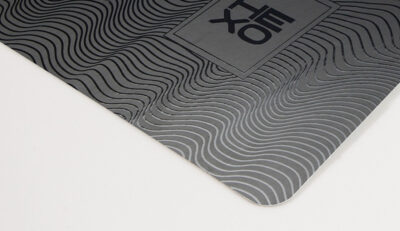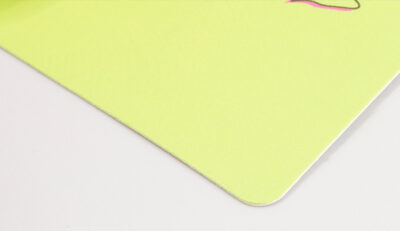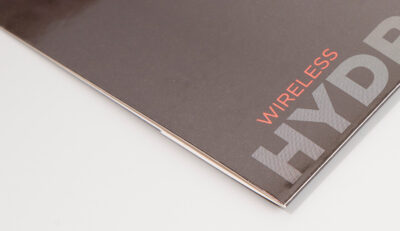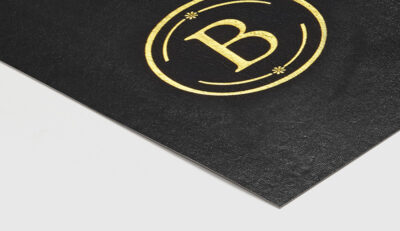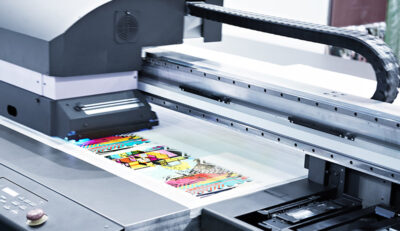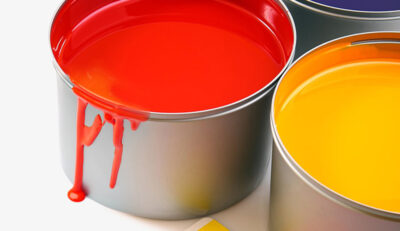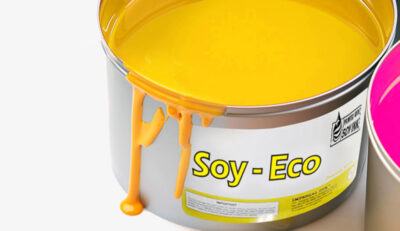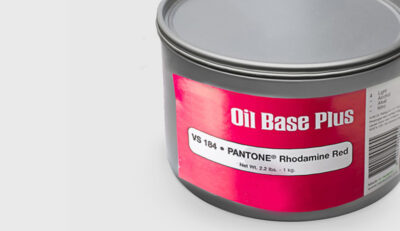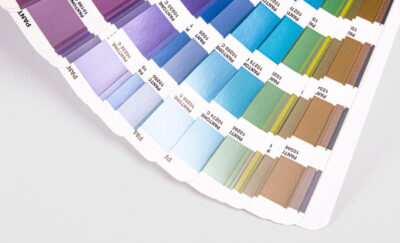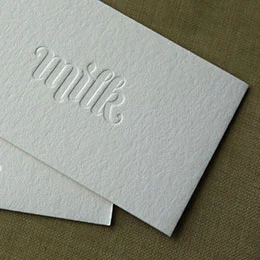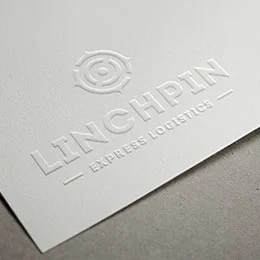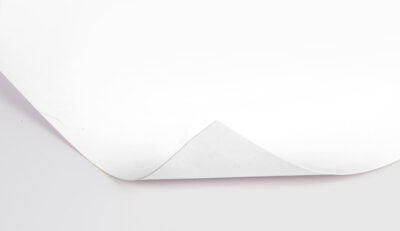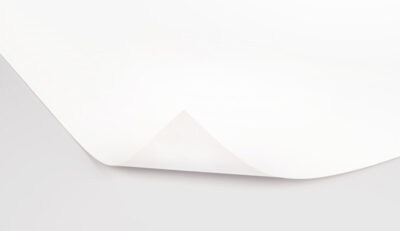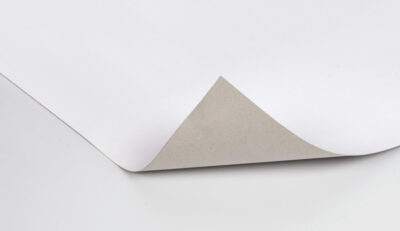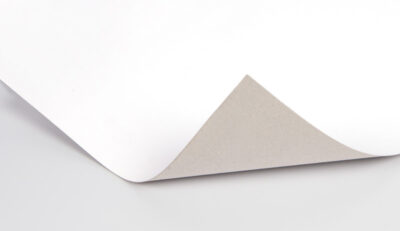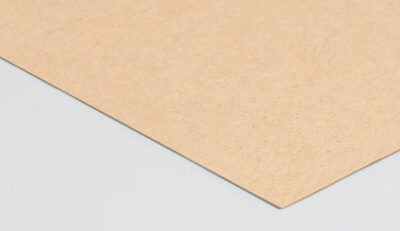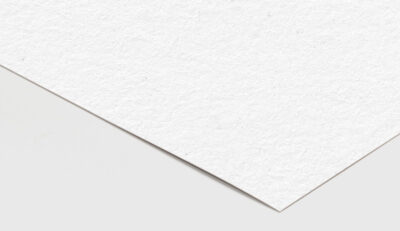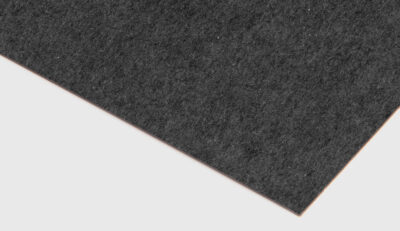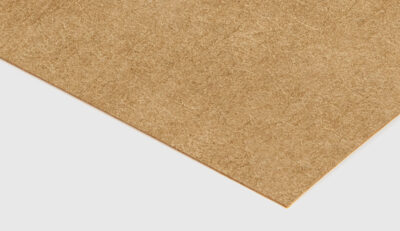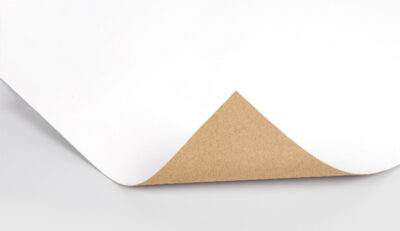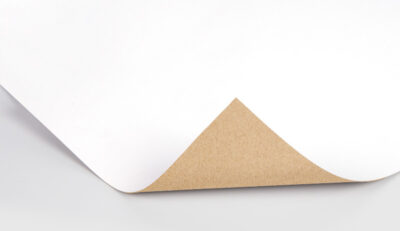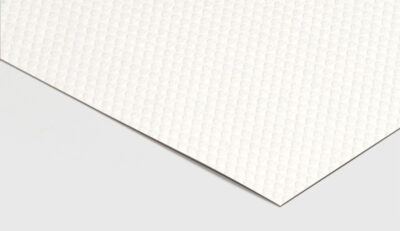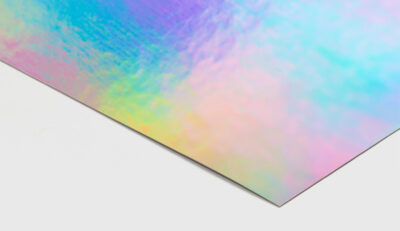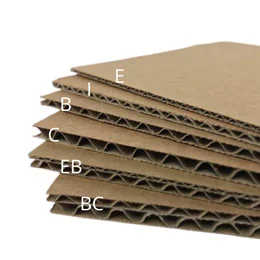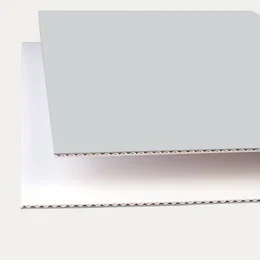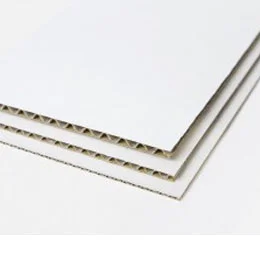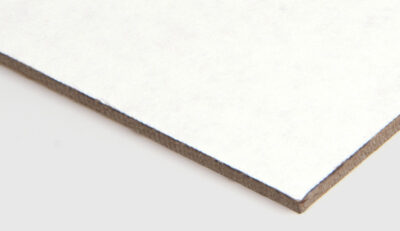Power up Your Sales:
We know the art of packaging and printing better than you expect. We lead you to the brand recognition height. White Boxes are widely used for keeping the product or those products which are to be packed in gift wrappers. We use special white paper for the box wrapping. Apart from CD Jackets we also make golden, silvery and diamond colored boxes for your CD jackets. Claws Custom Boxes is your solver for all your packaging and boxes concerns. Cardboard sleeve CD Jackets are used to present disc to someone on a weekend movie or game time so it always remains in demand whichever season or weather of the year. Claws Custom Boxes brings you an innovative trend of packaging and boxes so that your customers who every definitely loves sophistication and funkiness. We provide you with the best solution and designs for customized boxes. Whichever design you like and want us to make, we are here to make it for you and deliver you at the right time. Start your fashion in delicacy.
Hover over the right solver:
Despite there are numerous packaging and printing service companies in the US but we commit to you for quality and standard of the CD jackets. We have an experienced team of experts of every sort amongst them they are designers, graphic artists, business administration experts and material experts. Claws Custom Boxes delivers and manufactures the packaging for the products in their best aspects. Our experts go to choose quality raw materials for the production of the packaging and boxes. We give you the strength and durability and stability which protect the products inside them. We are patiently waiting for your suggestion and final orders to keep you satisfied with our services. Bring your product to us we’ll make outstanding packaging for your product. Give your product a new style and look in a different way.




